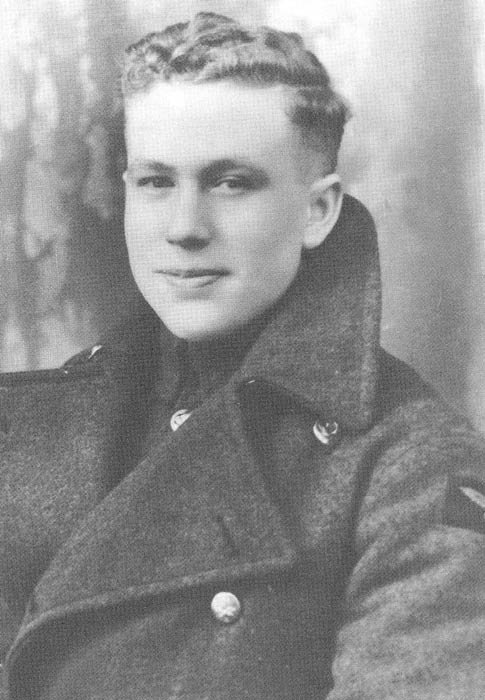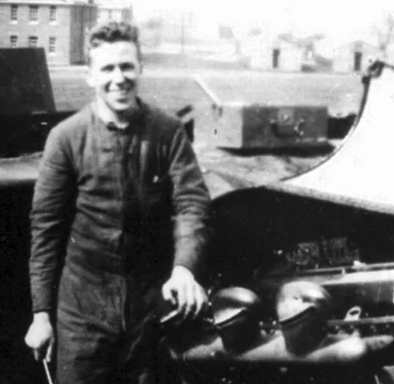RARE! WWII 1940 Battle of Britain KIA Sgt E. Scott SHOT DOWN R.A.F. British Spitfire Wreckage Fragment - Hollingbourne Recovered

















RARE! WWII 1940 Battle of Britain KIA Sgt E. Scott SHOT DOWN R.A.F. British Spitfire Wreckage Fragment - Hollingbourne Recovered
Comes with a hand-signed C.O.A. and a full historical write-up.
R.A.F. SPITFIRE METAL AIRCRAFT PLATTING/SKIN
*Larger wreckage fragments and the aircraft engine of Sgt E. Scott’s Spitfire reside on display in the Tonbridge Battle of Britain Museum.
This incredible rare and museum-grade WWII artifact is a Battle of Britain R.A.F. aircraft wreckage fragment from a British Spitfire. In March, Sgt E. Scott was transferred to No. 222 Squadron, flying Spitfires out of RAF Duxford in Cambridgeshire. No doubt, Sgt E. Scott would have participated in operations covering the withdrawal of British troops from Dunkirk.
This Royal Air Force British Spitfire was piloted by Sgt E. Scott who was shot down during an air-to-air dogfight by a German ACE fighter pilot Major Werner Molders on the evening of September 27th, 1940. Sgt E. Scott and his Spitfire aircraft crashed at Greenway Court Road, Hollingbourne Kent. This aircraft was not found and was pronounced MIA. This aircraft was excavated in 1990 and Sgt E. Scott was recovered and his remains were taken out and he was buried with full military honours in Margate. This WWII aircraft wreckage fragment was preserved from the wreckage of Sgt E. Scott’s Spitfire which was shot down on September 27th, 1940.
Over the course of his service in the R.A.F. pilot Sgt E. Scott served valiantly in combat against German attacking planes during the Battle of Britain. Sgt E. Scott was awarded multiple combat kills in the air as he is credited with shooting down a German a Do17, multiple Me109’s, a Me110, and a He111. On 27th September Scott claimed a Me109 destroyed but he himself failed to return from an operational sortie in the afternoon and was reported ‘Missing’. His Spitfire, P9364, could have been that which crashed at Greenway Court Road, Hollingbourne, shot down by Major Molders of JG51. Scott’s name was put on the Runnymede Memorial, Panel 19, as having no known grave.
In 1975 a group of aviation archaeologists applied for permission from the Ministry of Defence to excavate the aircraft but it was refused on the grounds that the dead pilot’s parents wished his body to remain with the aircraft. Further requests for permission over the years were refused. In 1990 Scott’s sister and other relatives were traced. A request by them to the Ministry of Defence for a formal burial for Scott was turned down. His sister wrote to Prince Charles, asking him to intervene. A few days later the excavation was authorised and a Ministry team recovered the aircraft and Scott’s remains, still in the cockpit, were positively identified.
He was buried with full military honours in Margate Cemetery, Kent on 1st February 1991.